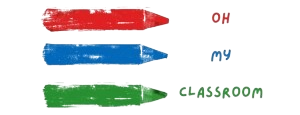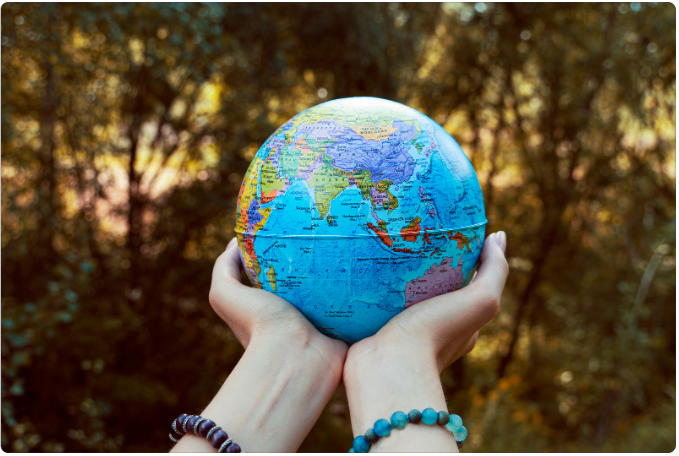Welcome to a journey through 30 earthquake activities that will unravel the fascinating and often mysterious world of seismic events.
Earthquakes, the result of the Earth’s dynamic and restless nature, have both captivated and bewildered humans for centuries.
From the rumbling beneath the surface to the monumental forces that shape our landscapes, this collection of activities offers a hands-on exploration into the science, history, and impact of earthquakes.
Whether you’re a curious student, an enthusiastic educator, or simply someone intrigued by the power of the planet, these activities will provide insights into the causes of earthquakes, the technology used to detect and measure them, and the measures we take to mitigate their effects.
So, let’s dive into the realm of seismicity and discover the captivating world that lies beneath our feet.
Build a Shake Table Model:
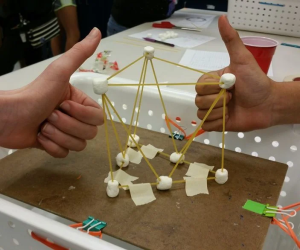
Construct a simple shake table using materials like cardboard, rubber bands, and marbles. Participants can then build miniature structures using toothpicks and marshmallows to represent buildings. Place these structures on the shake table and simulate different magnitudes of earthquakes by shaking the table at varying intensities. This hands-on activity will demonstrate how buildings respond to ground vibrations and teach about structural stability during seismic events.
Seismic Waves Demonstration:
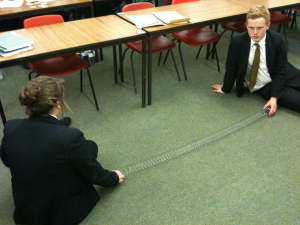
Create a visual representation of seismic waves using a Slinky or a rope. Discuss the types of seismic waves – primary (P-waves) and secondary (S-waves) – and how they travel through the Earth. Participants can hold one end of the Slinky while someone generates waves at the other end to observe how the waves propagate and interact. This activity helps explain the concept of wave motion and how seismic waves provide insights into the Earth’s interior.
Earthquake Preparedness Drill:
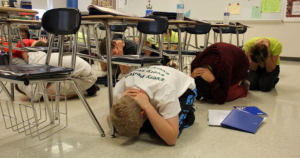
Organize an earthquake preparedness drill where participants practice “Drop, Cover, and Hold On.” Discuss the importance of knowing what to do during an earthquake to stay safe. Set up scenarios in different locations (indoors, outdoors, classrooms) and have participants practice the appropriate response. This activity promotes awareness and readiness for real-life seismic events.
Related: 25 Excited Show and Tell Letter E
Fault Line Modeling:

Introduce the concept of faults by creating a fault line model using clay and cardboard. Participants can mold layers of clay to represent different geological formations and then simulate the movement along a fault by sliding one cardboard section over the other. This hands-on activity illustrates how earthquakes occur due to the release of accumulated stress along fault lines.
Virtual Seismology Experiment:
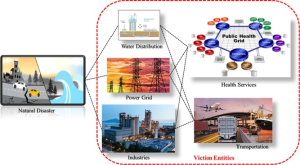
Utilize online seismic databases to access real-time earthquake data from around the world. Have participants analyze the data to identify patterns, such as the Ring of Fire and earthquake frequency along tectonic plate boundaries. This virtual activity offers insights into the distribution and magnitude of earthquakes globally, fostering an understanding of the Earth’s dynamic nature.
Tectonic Plate Puzzle:
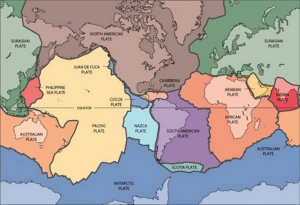
Create a puzzle featuring the world map with tectonic plate boundaries outlined. Cut the map into pieces along these boundaries. Participants must assemble the puzzle by fitting the pieces together according to the plate boundaries. As they piece together the puzzle, discuss how the movement of tectonic plates contributes to earthquake formation and distribution.
Epicenter Location Using Triangulation:
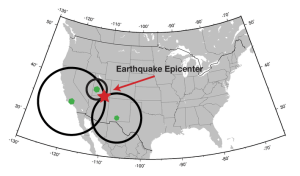
Set up a mock earthquake scenario using a map and three “seismic stations” (representing sensors that detect ground vibrations). Participants can use the time difference between the arrival of P-waves and S-waves at each station to determine the epicenter of the earthquake using triangulation. This activity introduces the concept of locating earthquakes and the role of seismic waves.
Related: 20 Dazzling Show and Tell Letter D
Building Retrofit Design Challenge:
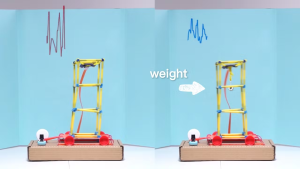
Provide participants with various materials (e.g., cardboard, popsicle sticks, tape) and challenge them to design and build earthquake-resistant structures. Test the structures on a shake table or by simulating shaking motions to see which designs can withstand the most vigorous shaking. This activity encourages creativity while highlighting engineering principles for earthquake-resistant construction.
Earthquake Role-Play Simulation:
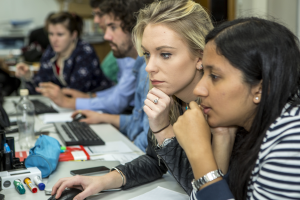
Develop a role-play scenario where participants take on different roles such as seismologists, emergency responders, and community leaders. They must collaborate to address the challenges posed by a fictional earthquake, making decisions to ensure public safety and effective response.
Seismogram Art:

Introduce participants to seismograms, the visual records of seismic waves captured by seismographs. Show them real seismograms of earthquakes. Then, have participants create their own artistic interpretations of seismograms using drawing materials, like pencils, markers, or even digital tools. This activity combines science and creativity, allowing participants to visually represent the energy released during seismic events.
Earthquake Simulation Game:
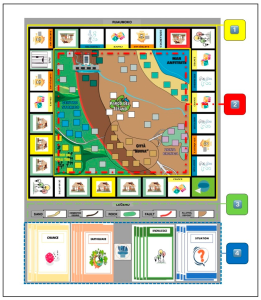
Develop a simple board game or digital simulation where participants make decisions to prepare for and respond to earthquakes. They can allocate resources to build infrastructure, create emergency plans, and make choices during simulated earthquakes. This activity provides a fun and interactive way to explore the complexities of disaster management.
Richter Scale Exploration:
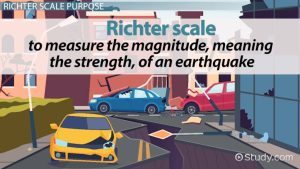
Teach participants about the Richter scale and how it measures the magnitude of earthquakes. Provide a series of objects of varying sizes (such as marbles, balls, and books) and assign each a “Richter scale magnitude.” Have participants arrange the objects in order of increasing magnitude and discuss the exponential increase in energy as the scale progresses.
Virtual Field Trip to Seismic Monitoring Center:

Organize a virtual tour or presentation with a seismologist from a seismic monitoring center. Participants can learn about the technology and instruments used to monitor earthquakes, as well as how data is collected, analyzed, and disseminated. This activity offers insights into the real-time monitoring of seismic activity.
Shake-Proofing Structures:
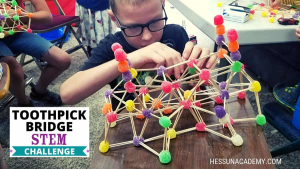
Provide participants with materials (such as straws, toothpicks, and playdough) and challenge them to design and build structures that can withstand simulated earthquakes. You can use a shake table or even just shake motions by hand. After testing their structures, discuss the design principles that contribute to earthquake-resistant construction.
Geology Field Trip and Rock Collection:
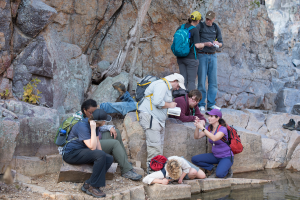
Organize a field trip to a geological site where participants can observe rock formations, faults, and other geological features related to earthquakes. During the trip, participants can collect rock samples and later examine them, discussing their geological origins and relevance to seismic events.
Earthquake Artifacts Showcase:
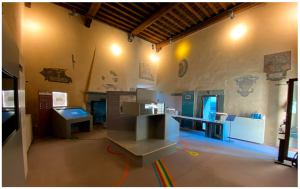
Invite participants to create a “museum exhibit” showcasing artifacts related to earthquakes. These artifacts could include models, diagrams, informational posters, and even creative displays like dioramas depicting earthquake scenarios. This activity encourages research and presentation skills while fostering a deeper understanding of seismic events.
Earthquake Storytelling:

Encourage participants to research and select a historical or fictional earthquake event. They can then craft a short story from the perspective of someone experiencing the earthquake. This activity blends narrative creativity with an exploration of the emotional and physical impact of seismic events.
Plate Boundary Dance:

Assign participants different types of plate boundaries (convergent, divergent, transform) and have them create interpretive dance movements that represent the movements and interactions of tectonic plates at those boundaries. This engaging and active activity helps reinforce understanding of plate tectonics and their relation to earthquakes.
Volcano and Earthquake Connections:
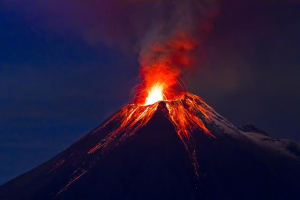
Explore the relationship between earthquakes and volcanic activity. Participants can research and discuss how tectonic movements near volcanic regions can trigger both earthquakes and volcanic eruptions. This activity highlights the interconnectedness of Earth’s geological processes.
Earthquake Virtual Reality Experience:
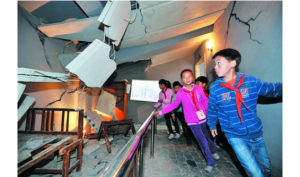
If possible, provide participants with a virtual reality headset that offers an immersive earthquake experience. This could involve simulating the feeling of being in different types of earthquakes and their varying intensities.
Earthquake Data Analysis:
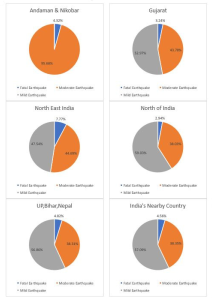
Provide participants with a set of earthquake data, including magnitudes, depths, and locations. In small groups or individually, they can analyze the data to identify trends, such as patterns along fault lines or regions with higher seismic activity. This activity introduces data interpretation and analysis skills.
Earthquake Origami Challenge:
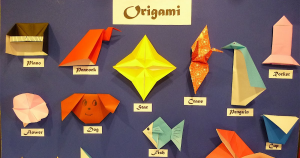
Introduce participants to the art of origami while incorporating earthquake themes. Provide instructions for creating origami structures that demonstrate concepts like structural stability, folding, and balance. This hands-on activity offers a unique way to explore earthquake-related concepts.
Earthquake Technology Showcase:
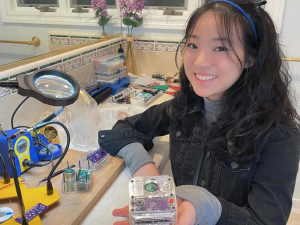
Have participants research and present innovative technologies used in earthquake detection, prediction, and mitigation. This can include discussing advancements in seismometers, early warning systems, building design, and disaster communication tools.
Virtual Reality Earthquake Experience:
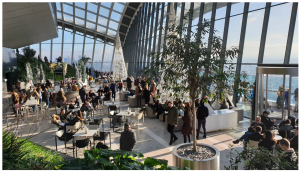
If feasible, offer a virtual reality experience where participants can “immerse” themselves in a simulated earthquake scenario. This interactive activity can help participants gain a sense of the physical sensations and challenges people face during seismic events.
Earthquake Debate:
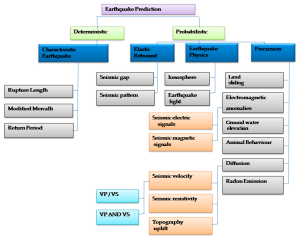
Organize a structured debate on a relevant topic, such as whether earthquake prediction is possible or the effectiveness of different earthquake preparedness strategies. Divide participants into teams representing different viewpoints, and encourage them to research and present well-supported arguments.
Earthquake Relief Simulation:
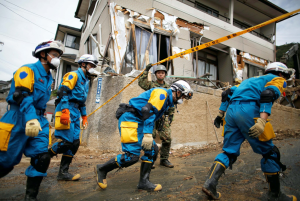
Create a scenario where participants take on the roles of aid workers responding to a simulated earthquake disaster. They must allocate resources, prioritize tasks, and make decisions to provide emergency relief to affected communities. This activity sheds light on the challenges of post-earthquake recovery efforts.
Earthquake Vocabulary Game:
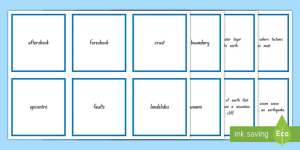
Design a vocabulary-building game where participants match earthquake-related terms with their definitions. This can be done through flashcards, digital quizzes, or a competitive game format. By learning key terms, participants can better understand earthquake-related concepts.
Geological Time Travel:
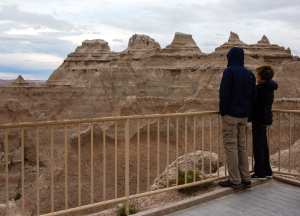
Develop an imaginative activity where participants “travel” back in time to different geological eras and witness the movement of tectonic plates, the formation of mountain ranges, and the emergence of earthquakes. This creative exercise can deepen their understanding of Earth’s dynamic history.
Seismic Arts and Crafts:
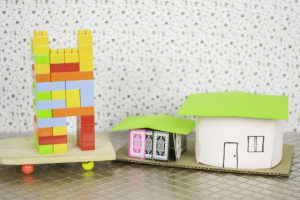
Combine artistic expression with earthquake science by having participants create earthquake-inspired artworks using various materials. This can include drawings, paintings, sculptures, or collages that reflect the forces, effects, and emotions associated with seismic events.
Interactive Fault Models:

Provide participants with materials to create physical fault models using clay, sand, or other moldable substances. They can simulate different fault types, such as normal, reverse, and strike-slip faults, to understand the mechanics of earthquakes along these fault lines.
